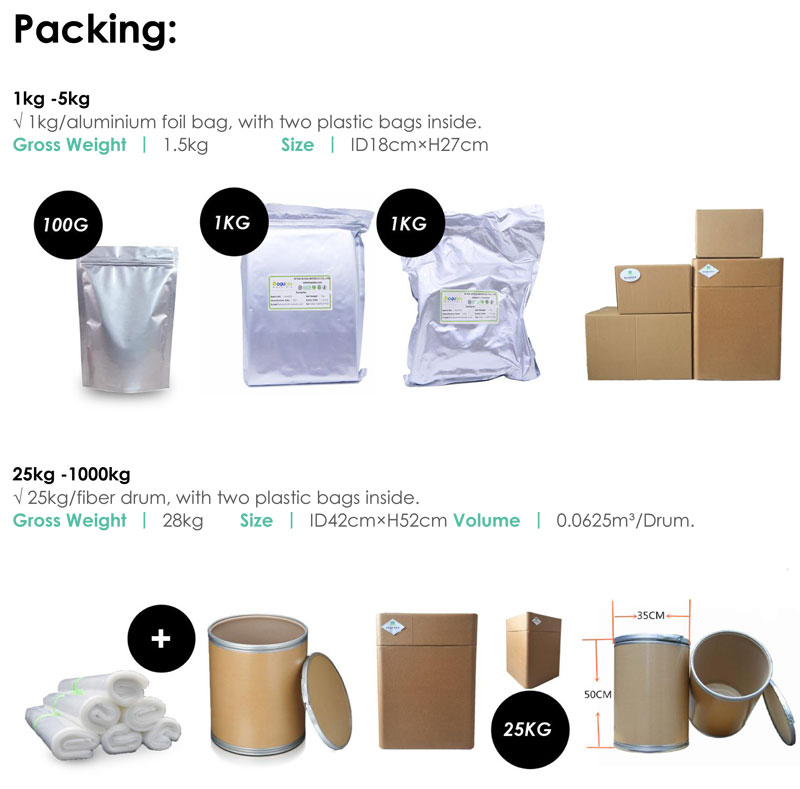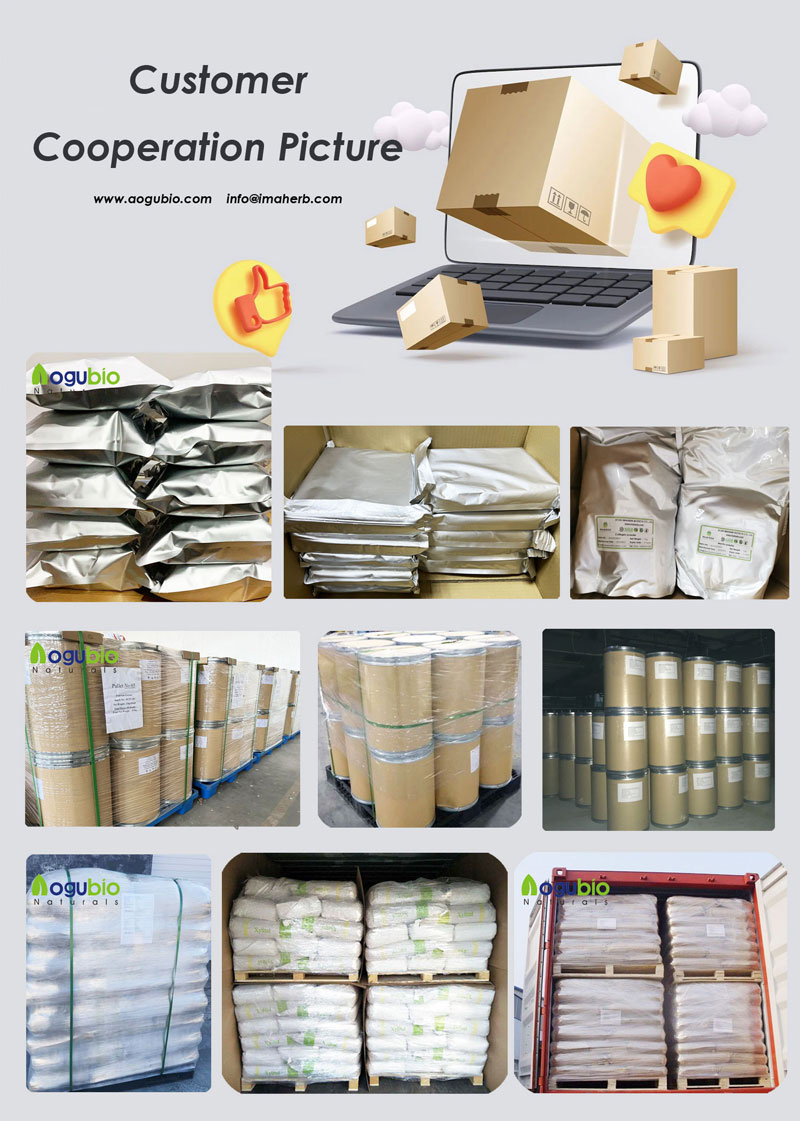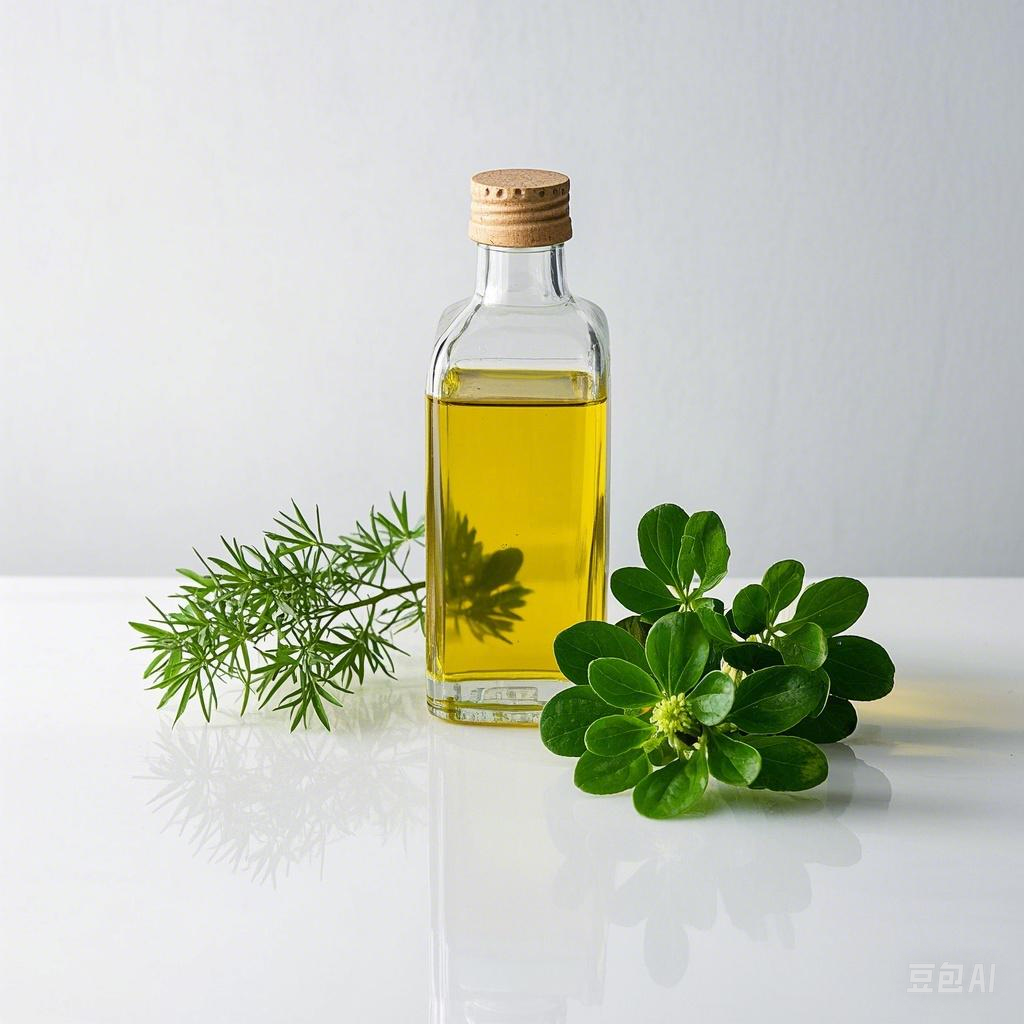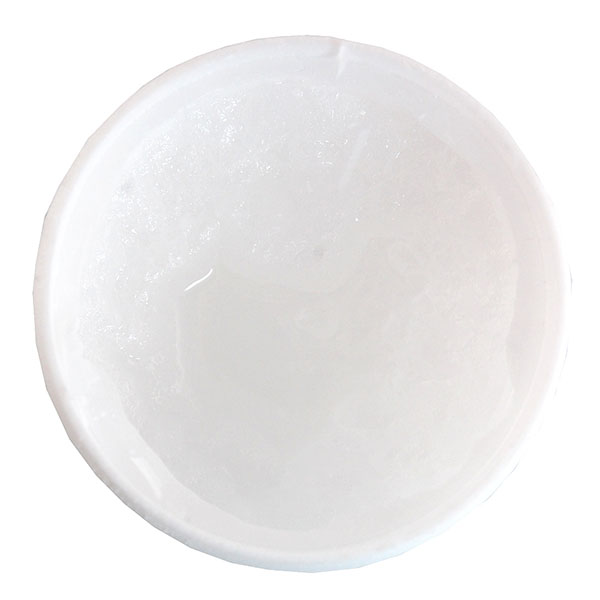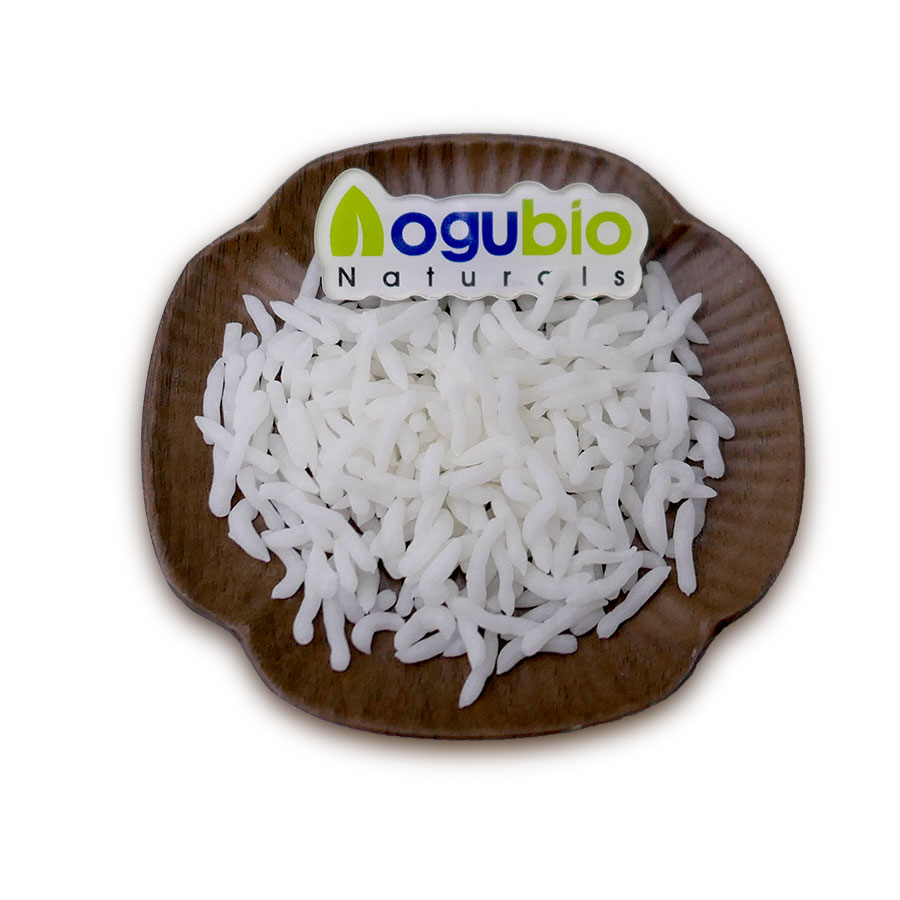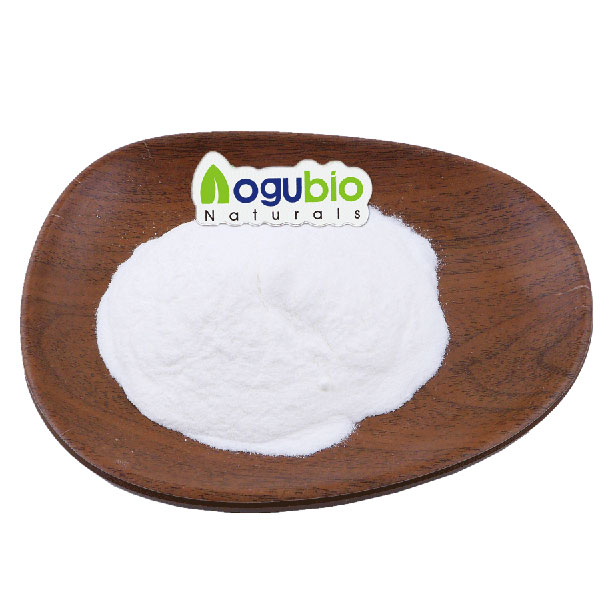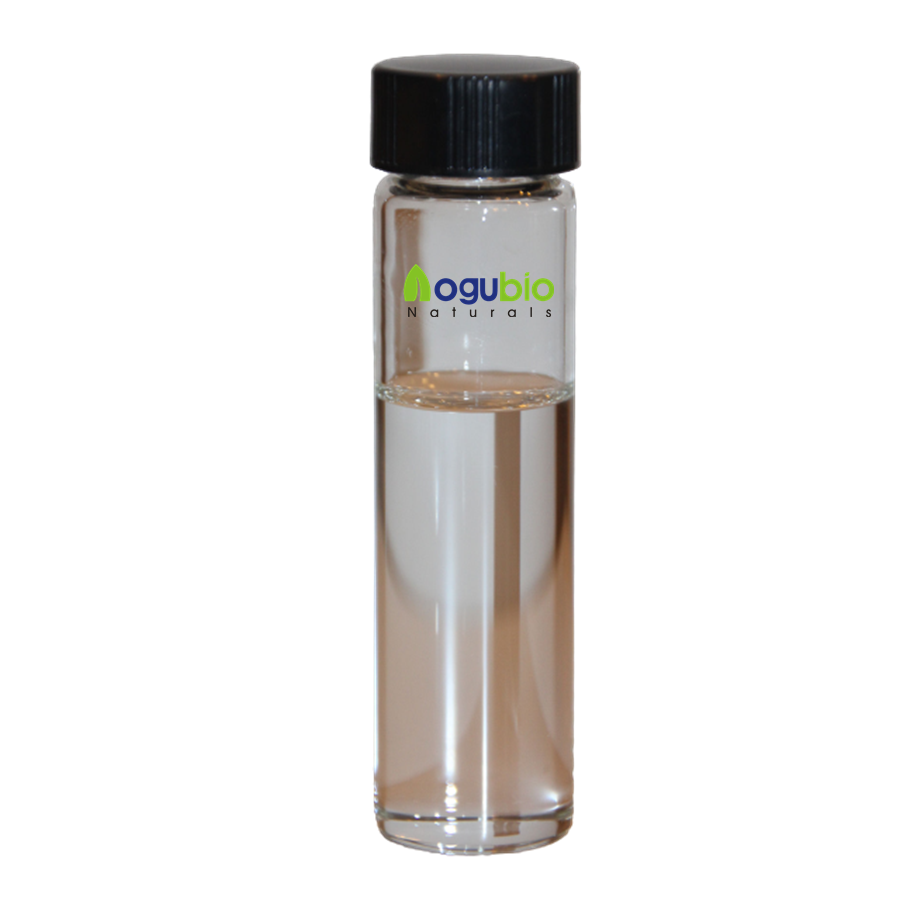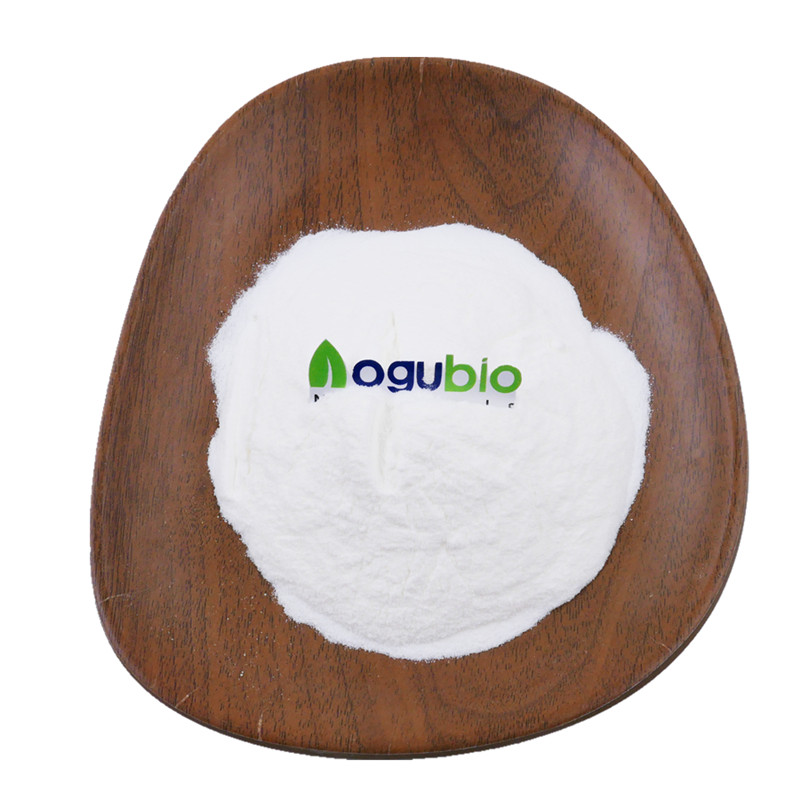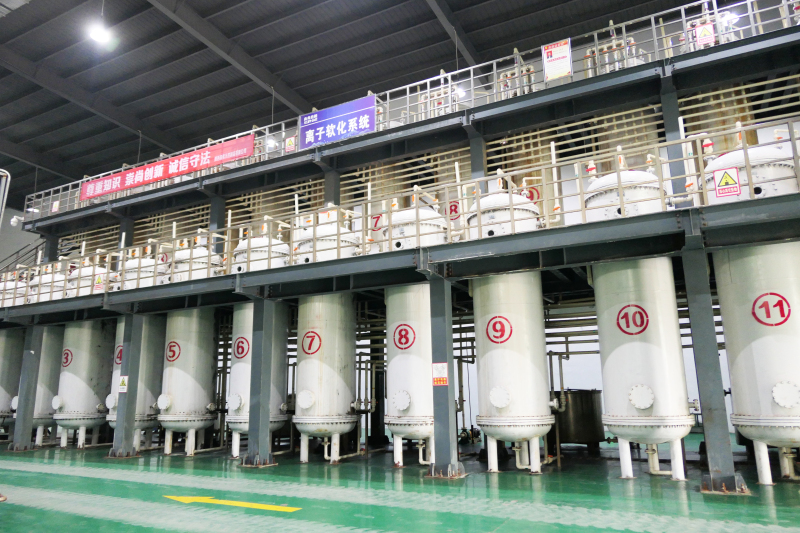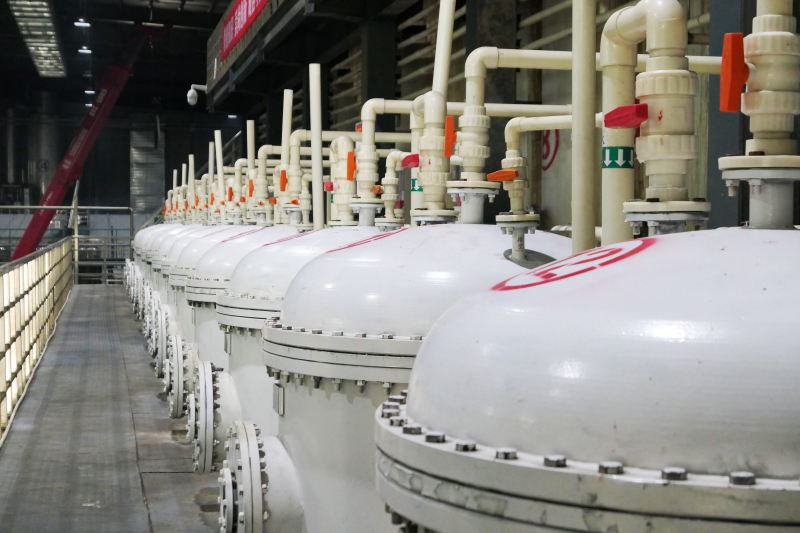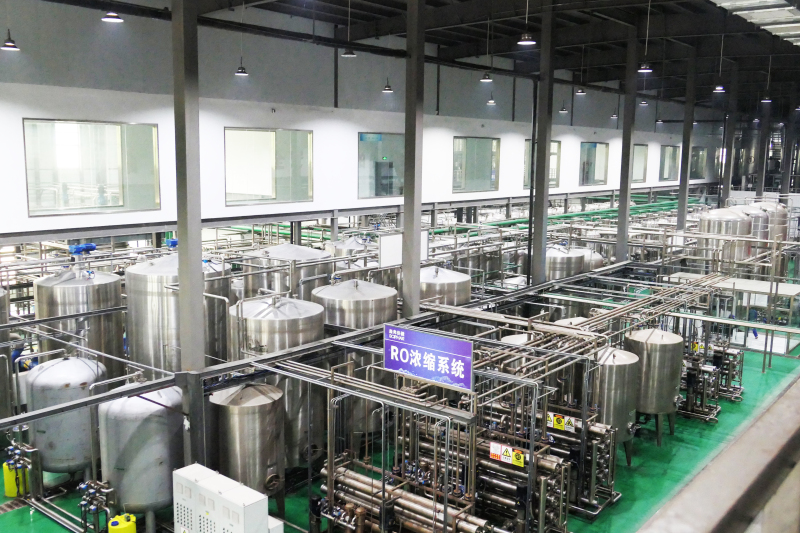Oregano oil 100% Pure and Natural Oregano Essential Oil
Products Description
Oregano oil is an essential oil derived from the oregano plant (Origanum vulgare).
Chemical Composition
- Carvacrol: This is the primary and most important component of oregano oil, typically making up a significant portion, often ranging from 60 - 80% or more in high - quality oregano oils. Carvacrol is responsible for many of the oil's beneficial properties.
- Thymol: Another important phenolic compound present in oregano oil. It also contributes to the oil's antibacterial, antifungal, and antioxidant activities.
- Terpenes: Such as gamma - terpinene and p - cymene, which are also part of the oil's composition and add to its overall aroma and some of its therapeutic effects.
Production
- Oregano oil is usually extracted through steam distillation of the oregano plant's leaves and flowering tops. The plant material is placed in a still, and steam is passed through it. The volatile compounds in the oregano are vaporized along with the steam, and then the vapor is condensed and separated to obtain the essential oil.
BASIC ANALYSIS
|
Product Name
|
Oregano Essential Oil
|
|
Botanical Name
|
Origanum Vulgare
|
|
Product Type
|
Pure Essential Oil
|
|
Cultivation
|
Conventional
|
|
Raw Material
|
Leaves of Oregano
|
|
Certification
|
COA, HACCP, WHO-GMP, ISO, MSDS, KOSHER, HALAL
|
|
Supply Type
|
Original Brand Manufacturing
|
|
Brand Name
|
aogubio |
|
CAS Number
|
84012-24-8
|
|
Color and Appearance
|
Colorless to pale yellow in color
|
|
Odor
|
Spicy, herbaceous aroma
|
|
Refractive Index
|
1.51400 to 1.5240 at 20 °C.
|
|
Optical Rotation
|
-4° to +4° @ 25°C
|
|
Flash Point
|
Above 86ºC
|
|
Specific Gravity
|
0.930 - 0.960 @ 25°C
|
|
Solubility
|
Insoluble in water, soluble in oils
|
|
Extraction Method
|
Steam Distillation method
|
|
Mixes well with
|
Angelica, Basil, Bergamot, Cedarwood, Geranium, Lemongrass, Myrtle, and Rosemary etc.
|
Function
- Antibacterial Properties: Oregano oil has been shown to be effective against a wide range of bacteria, including Escherichia coli, Staphylococcus aureus, and Salmonella. This makes it potentially useful in treating or preventing certain bacterial infections.
- Antifungal Activity: It can inhibit the growth of various fungi, such as Candida albicans, which is a common cause of yeast infections.
- Antioxidant Effects: The antioxidants in oregano oil, like carvacrol and thymol, help to neutralize free radicals in the body. Free radicals are unstable molecules that can cause oxidative stress and damage to cells, potentially leading to various diseases and the aging process.
- Anti - inflammatory Potential: Some studies suggest that oregano oil may have anti - inflammatory properties, which could be beneficial for conditions associated with inflammation, such as arthritis.
Application
- Aromatherapy: Inhaling the aroma of oregano oil can have a stimulating and invigorating effect. It can be used in diffusers to freshen the air and create a pleasant environment.
- Topical Application: When diluted with a carrier oil (such as sweet almond oil or jojoba oil), oregano oil can be applied to the skin for its antibacterial and anti - inflammatory properties. It may be used to treat minor skin irritations, cuts, and bruises.
- Dietary Supplements: Oregano oil is available in softgel or liquid form as a dietary supplement. It is sometimes taken to support digestive health, immune function, and to combat internal infections. However, it should be used with caution and under the guidance of a healthcare professional, as it can be quite potent.
Precautions
- Skin Sensitivity: Oregano oil is very potent and can cause skin irritation, especially when applied undiluted. It is essential to always dilute it with a carrier oil before applying it to the skin.
- Internal Use: When taken internally, oregano oil can be harsh on the digestive system. It may cause stomach upset, heartburn, or other gastrointestinal problems. Pregnant or breastfeeding women, as well as people with certain medical conditions (such as gallbladder problems), should avoid using oregano oil supplements without consulting a doctor.
Related issues
Regarding the use and properties of your Oregano Oil:
Characteristics:
- Main Components: The primary components of oregano oil are carvacrol and thymol, both of which have potent antimicrobial and antioxidant properties.
Uses:
- - Antimicrobial Properties: Oregano oil has broad-spectrum antimicrobial, antiviral, and antifungal properties, often used to treat various infections.
- - Digestive System: It can be used to treat gastrointestinal issues such as diarrhea and indigestion.
- - Skin Care: It is used to treat skin problems like acne, dandruff, and warts.
- - Respiratory System: Inhaling steam infused with oregano oil can help alleviate sinus infections and respiratory issues.
- - Immune Support: It enhances immune function, helping to resist infections.
Application: Is it possible to use the oil directly, undiluted, for oral application?
- - Oral Use: Oregano oil should typically be diluted before oral use. It can be mixed with olive oil or MCT oil at a 1:1 ratio, then taken sublingually or added to water.
- - Topical Use: When applied to the skin, it should be diluted with a carrier oil (such as olive oil) at a ratio of about 1 drop of oregano oil to 5 milliliters of carrier oil.
- - Steam Inhalation: Add a few drops of oregano oil to boiling water and inhale the steam to relieve respiratory symptoms.
Dilution: If dilution is required, for example in MCT oil, what ratio would you recommend?
- - MCT Oil: It is recommended to dilute oregano oil with MCT oil at a 1:1 ratio.
Solubility: Is Oregano Oil soluble in MCT oil?
- - Solubility: Oregano oil is not soluble in water but can dissolve in most non-volatile oils, such as MCT oil.
Handling specifics: Are there any specific precautions or considerations to keep in mind when working with Oregano Oil due to its aggressive nature as a solvent?
Handling Details:
- - Corrosiveness: Oregano oil is somewhat corrosive, so it should be kept away from sensitive areas such as the eyes, nose, and mouth.
- - Precautions: Ensure that containers and tools are clean to avoid contamination.
